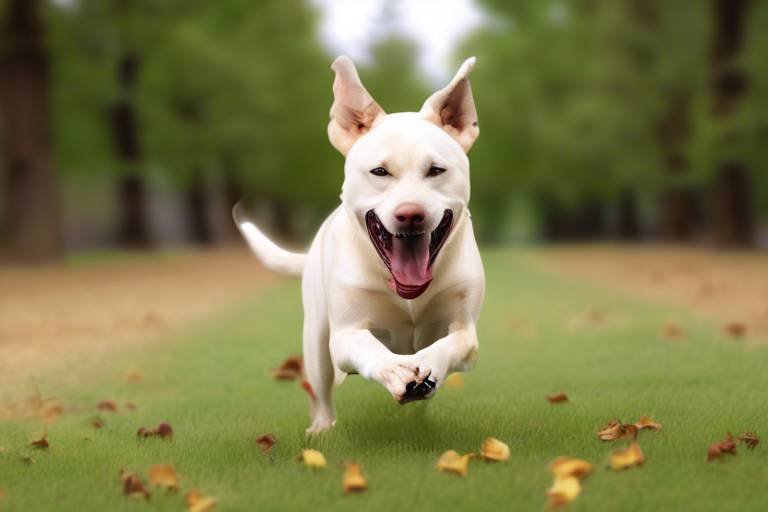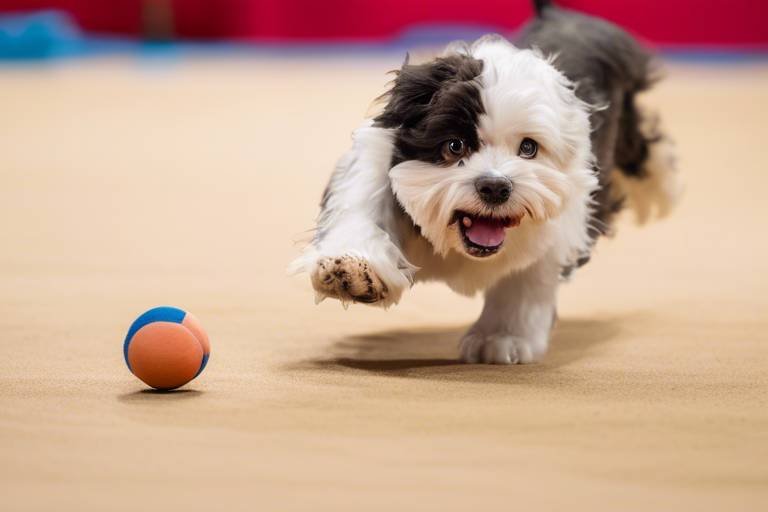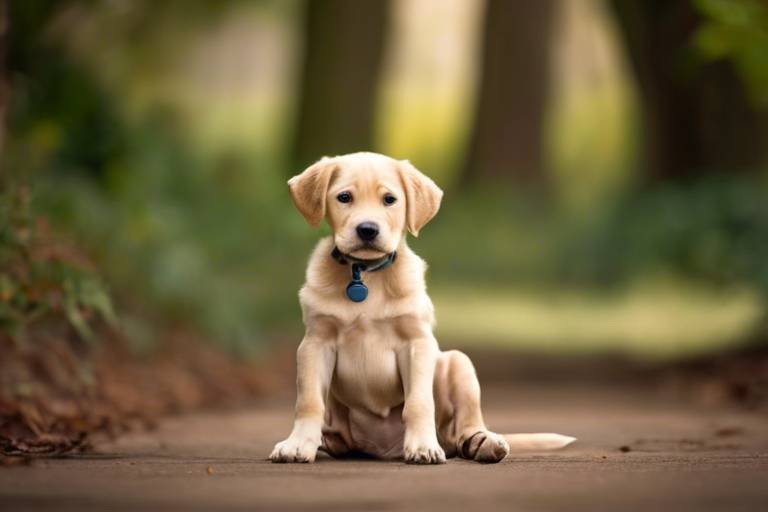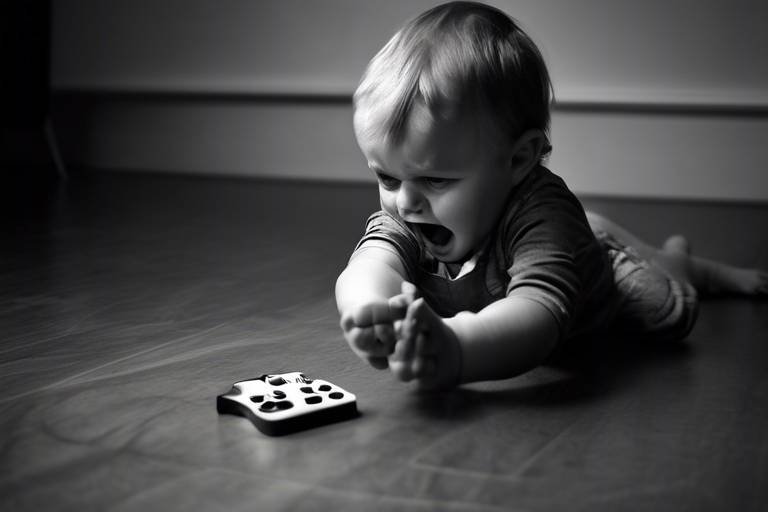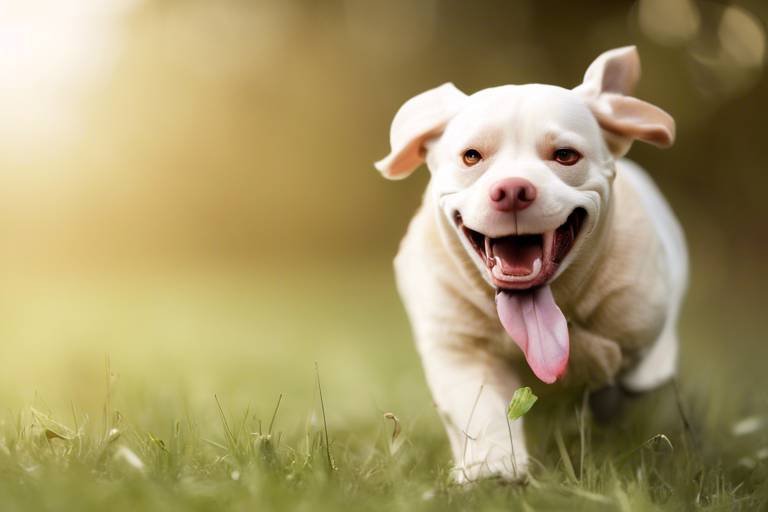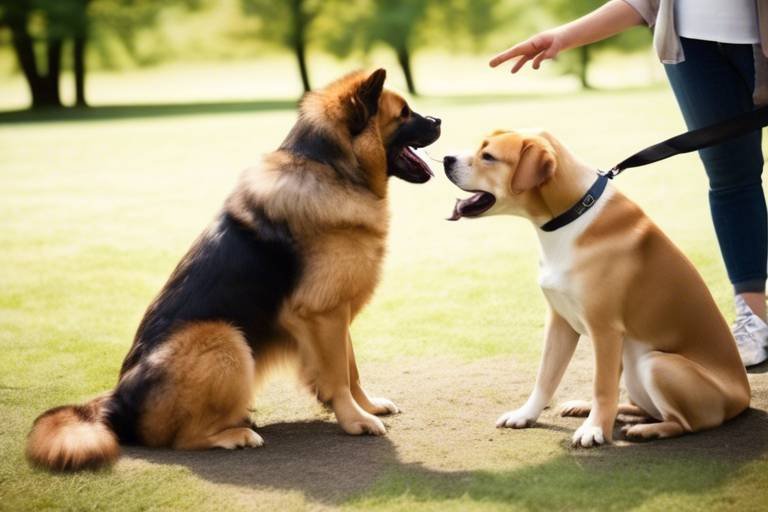How to Teach Your Dog to Bow
This article provides a comprehensive guide on teaching your dog to bow, including techniques, tips, and common challenges. Discover effective methods to enhance your dog's training experience and strengthen your bond.
The bow command is not just a cute trick; it's a fantastic way to engage your dog mentally and physically. When your dog bows, they lower their front legs while keeping their rear end up, creating a playful and inviting posture. This behavior mimics a natural dog greeting and can be a fun addition to your dog's repertoire of tricks. Understanding the purpose behind the bow command can make teaching it more meaningful. It enhances communication between you and your furry friend, allowing for a deeper connection. Plus, who doesn't love showing off their dog's adorable skills?
One of the first steps in teaching your dog to bow is selecting the right environment. Think about it: would you prefer to learn something new in a chaotic, noisy place? Probably not! Dogs are no different. A quiet, distraction-free space is crucial for successful training. Look for a spot in your home or yard where your dog feels comfortable and can focus entirely on you. This could be a cozy corner of the living room or a peaceful area in the backyard. By minimizing distractions, you can help your dog concentrate on the task at hand, making the learning process smoother and more enjoyable.
Now that you've set the stage, it’s time to dive into some fundamental techniques for teaching your dog to bow. The key elements of training include using treats, hand signals, and positive reinforcement. These elements work together to encourage your dog to learn the bow command effectively. Start with a treat in your hand and guide your dog into the bow position. When they lower their front legs, even slightly, reward them immediately with a treat and lots of praise. This helps them associate the action with a positive outcome, making them more likely to repeat it.
Treats are a powerful motivational tool during training. They can significantly enhance your dog's willingness to learn and perform the bow command. When using treats, it's essential to choose something your dog finds irresistible. This could be their favorite kibble, small pieces of chicken, or even commercial training treats. The idea is to keep the treats small so that your dog doesn’t get too full during training sessions. Remember to reward your dog right after they perform the desired action to reinforce the behavior.
Hand signals can complement verbal commands, making it easier for your dog to understand what you want. Dogs are visual learners, and using clear and consistent hand signals alongside verbal commands can enhance their learning experience. For the bow command, you might consider raising your hand above your dog's head and gently guiding them down into the bow position. This visual cue, combined with your verbal command, will help your dog connect the dots and learn the trick more effectively.
Training can come with its share of challenges. Some dogs may be hesitant to bow, while others might not understand what you want them to do. If your dog seems confused, it’s essential to be patient and adjust your approach. Sometimes, breaking the command down into smaller steps can help. For instance, if your dog is struggling to lower their front legs, try rewarding them for simply bending their elbows. Gradually, they will learn to lower their body into the bow position. If they seem distracted, consider revisiting the training environment to ensure it's free from interruptions.
Once your dog learns to bow, reinforcement is essential for maintaining the behavior. Regular practice helps solidify the trick in your dog's mind. Incorporate the bow command into your daily routine by asking your dog to bow before meals, playtime, or during walks. This not only keeps the trick fresh in their memory but also makes it a fun part of your interactions. Consistency is key, so be sure to reward your dog every time they successfully perform the bow, especially in the beginning.
Once your dog masters the basic bow command, consider introducing fun variations. You can add flair to the bow trick by teaching your dog to bow with style—perhaps by having them bow while spinning in a circle or bowing with a playful bark. This not only makes the trick more entertaining for both of you but also keeps your dog engaged and excited about learning. Creativity in training can lead to even more bonding moments between you and your furry friend.
Training your dog to bow is more than just teaching a fun trick; it's an opportunity to strengthen your relationship. Consistent training fosters trust and communication between you and your dog. Each time you practice the bow command, you're not only teaching them a new skill but also reinforcing the bond you share. This connection is vital for a happy and healthy relationship. So, grab those treats, find a quiet spot, and enjoy the journey of teaching your dog this adorable trick!
- How long does it take to teach a dog to bow? - The time it takes can vary depending on the dog. Some may learn in a few sessions, while others might need more practice.
- Can older dogs learn new tricks? - Absolutely! Dogs of all ages can learn new tricks with patience and consistency.
- What if my dog doesn’t respond to treats? - If your dog isn’t motivated by treats, try using their favorite toy or extra playtime as a reward.
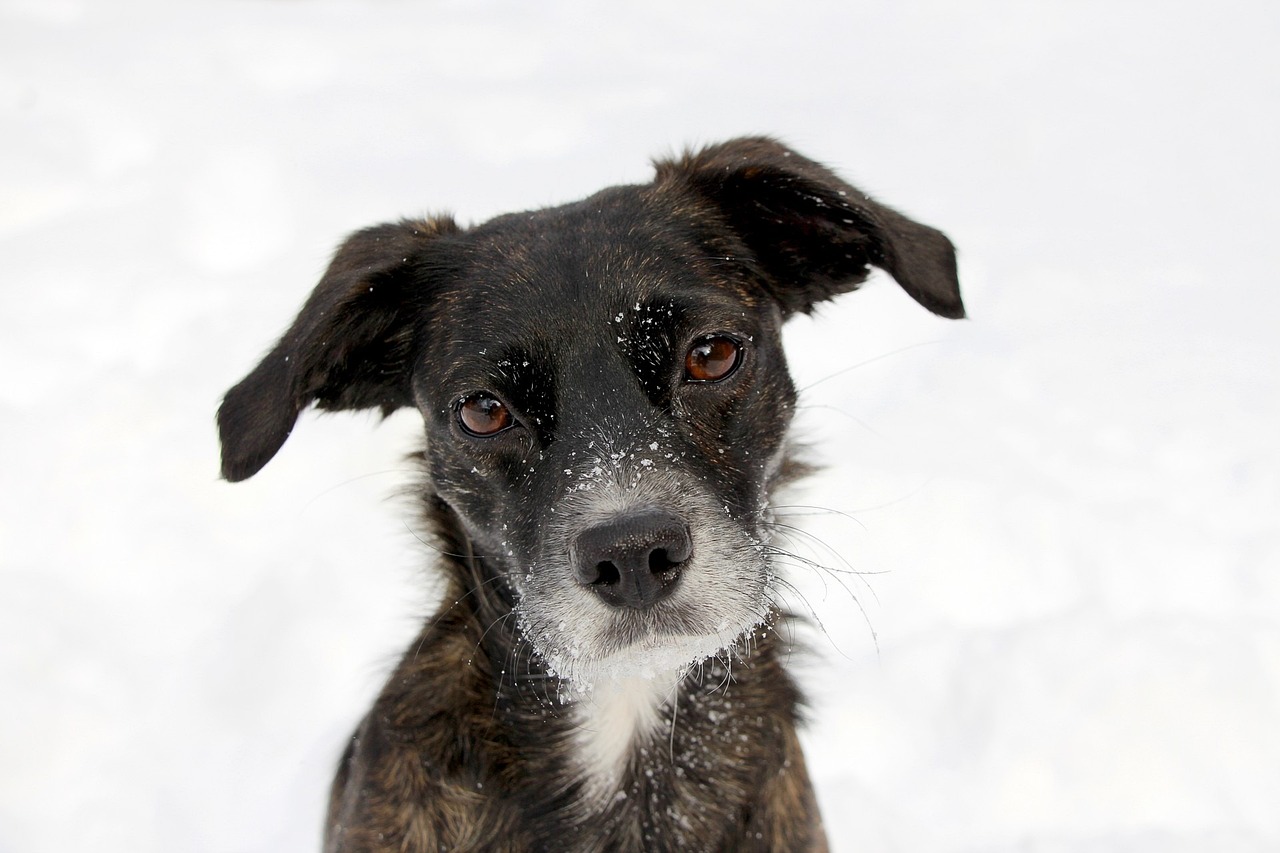
Understanding the Bow Command
The bow command is not just a cute trick; it's a fantastic way to engage with your dog while also showcasing their intelligence and willingness to learn. When we talk about a dog bowing, we're referring to a position where the dog's front legs are stretched forward while their rear remains elevated. This position can be both playful and respectful, often seen in doggy play as a way to invite other dogs to join in on the fun. But why should you teach your dog this command? Well, aside from being an adorable sight, teaching your dog to bow can enhance their overall obedience and responsiveness to commands.
Understanding the purpose of the bow command is crucial. It serves several functions, such as:
- Physical Exercise: Bowing can help stretch your dog’s muscles, contributing to their physical well-being.
- Social Interaction: It can act as a friendly gesture, encouraging play and interaction with other dogs.
- Bonding Experience: Training your dog to perform tricks like bowing strengthens your bond as you work together towards a common goal.
Moreover, teaching your dog to bow can be a stepping stone to learning other tricks. It can lay the groundwork for more complex commands, enhancing your dog's overall training experience. Just imagine the joy of showing off your dog's ability to bow on command at a family gathering or in the park! It's not just about the trick itself; it's about the connection you build during the training process.
As you embark on this journey to teach your furry friend the bow command, remember that patience and consistency are key. Dogs thrive on routine and positive reinforcement, so make sure to celebrate small victories along the way. Your enthusiasm will be contagious, and soon enough, your dog will be bowing like a pro!
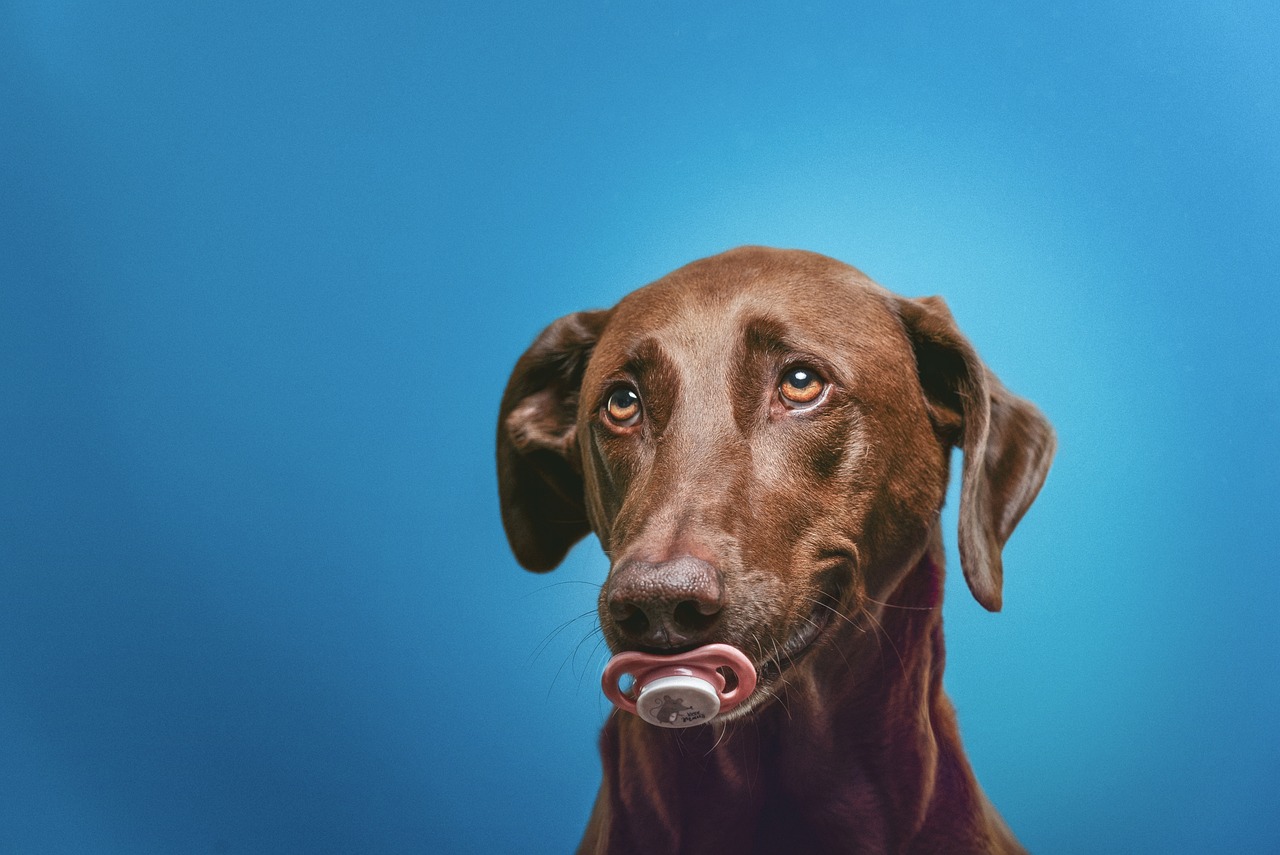
Choosing the Right Environment
When it comes to teaching your dog to bow, the environment in which you train can make a world of difference. Imagine trying to learn a new dance in a crowded, noisy room—it's nearly impossible to focus! Similarly, your furry friend needs a calm and distraction-free space to grasp the bow command effectively. The right environment not only helps your dog concentrate but also minimizes anxiety, making training sessions more enjoyable for both of you.
Start by selecting a location that is quiet and familiar to your dog. This could be your living room, a backyard, or even a quiet corner of a park. Just make sure it's a place where your dog feels comfortable and secure. Keep in mind that different dogs have different preferences. Some may thrive in a cozy indoor setting, while others might enjoy the fresh air outside. Experiment with various locations to find what works best for your pup.
Additionally, consider the following factors when choosing your training environment:
- Noise Level: Aim for a space with minimal background noise. Loud sounds can easily distract your dog, making it harder for them to focus on your commands.
- Space: Ensure you have enough room for your dog to move around freely. A cramped space can hinder their ability to perform the bow command comfortably.
- Familiarity: Training in a familiar environment can help your dog feel more at ease, reducing anxiety and increasing their willingness to learn.
Another important aspect is to eliminate distractions. This means keeping other pets, people, and toys out of the training area. You want your dog’s full attention on you and the task at hand. If your dog is easily distracted, consider using a leash to keep them focused on you during training. By creating a controlled environment, you set the stage for successful learning.
Finally, remember that patience is key. If your dog seems restless or distracted, it might be a sign that the environment isn’t quite right. Don’t hesitate to change locations or adjust your training approach. The goal is to create a positive and productive atmosphere where your dog can thrive and learn the bow command with ease.
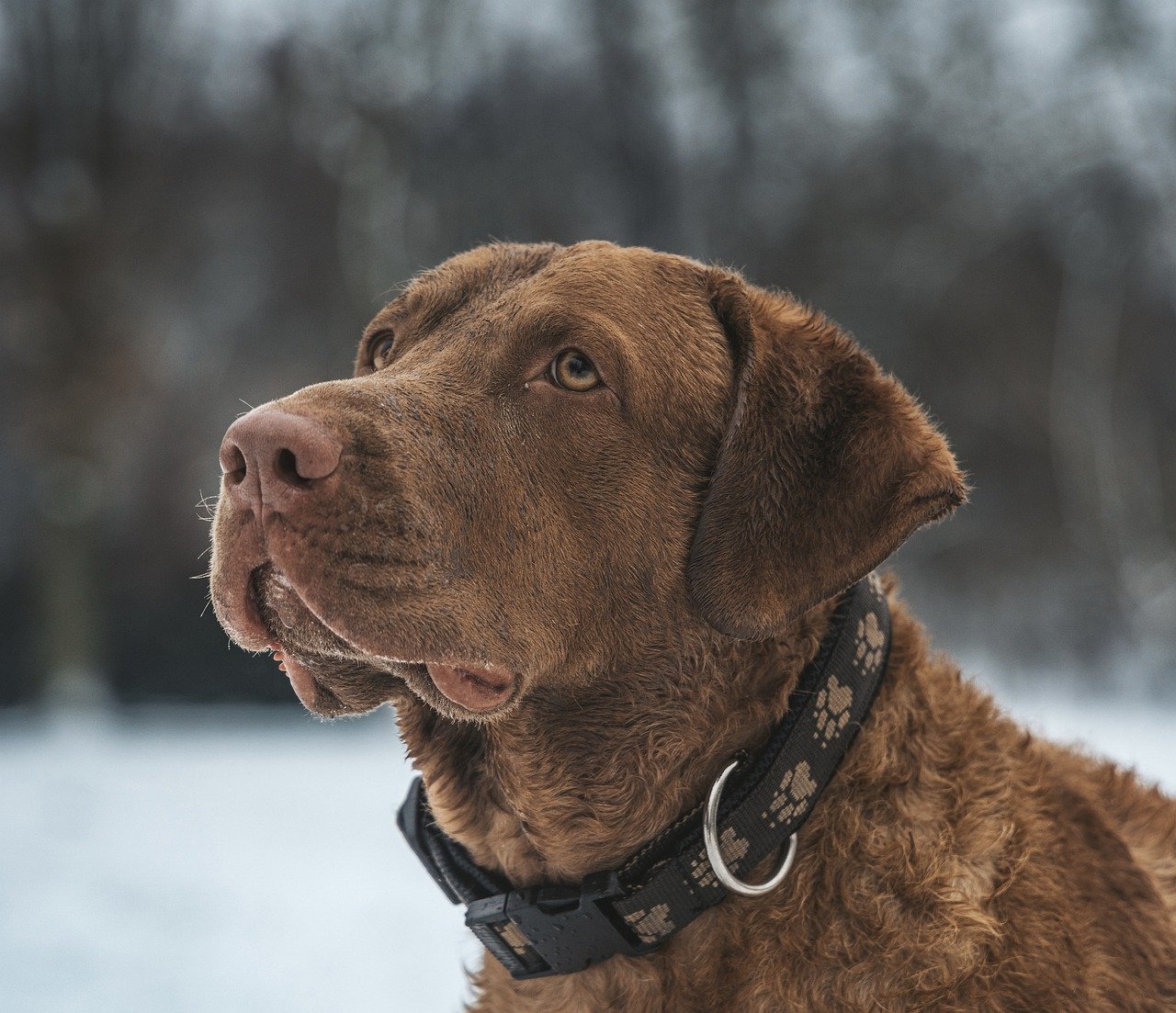
Basic Training Techniques
Teaching your dog to bow is not just about the trick itself; it's about the journey you take together. To begin with, you need to establish a solid foundation of basic training techniques that will make the learning process enjoyable for both you and your furry friend. The key to success lies in positive reinforcement, which means rewarding your dog for good behavior. This can be done using treats, praise, or even playtime. When your dog associates the bow command with something positive, they'll be more eager to perform it.
One effective method is to start with your dog in a standing position. Use a treat to lure them into a bow. Hold the treat close to their nose and gradually move it down towards the ground while saying the command "bow." As your dog lowers their front legs to reach the treat, they will naturally perform the bow motion. Remember to reward them immediately when they do it correctly. Consistency is crucial, so practice this several times in short, fun sessions.
Another technique involves using hand signals. Dogs are visual learners, and a clear hand signal can enhance their understanding of what you want them to do. For the bow command, you might use a downward motion with your hand while simultaneously saying the word "bow." This dual approach reinforces the command and helps your dog make the connection between the verbal cue and the action. It can be beneficial to create a distinct signal that is easy for your dog to recognize, ensuring that your movements are consistent each time you train.
To make your training sessions more effective, consider the following tips:
- Keep training sessions short and engaging, ideally around 5-10 minutes.
- Choose a quiet space free from distractions to help your dog focus.
- Be patient and allow your dog to learn at their own pace; every dog is unique!
Finally, don’t forget the importance of enthusiasm! Your energy can significantly influence your dog's motivation. Celebrate small victories with excitement and encouragement. This not only boosts your dog's confidence but also strengthens your bond. Remember, training should be a fun and rewarding experience for both of you!
In summary, the basic techniques for teaching your dog to bow involve a combination of positive reinforcement, clear communication through verbal commands and hand signals, and a fun, engaging environment. By following these guidelines, you’ll be well on your way to having your dog bow on command in no time!
Using Treats Effectively
When it comes to training your dog, using treats effectively can make all the difference. Dogs are naturally motivated by food, and treats can be a powerful tool to encourage desired behaviors. However, it’s not just about throwing a piece of kibble at your furry friend; it’s about understanding how to use treats to maximize your dog's learning experience. Think of treats as a form of currency in your training sessions. The more valuable the treat, the more likely your dog is to perform the desired action. So, how do you choose the right treats and use them effectively?
First, consider the type of treats you are using. Not all treats are created equal! High-value treats, such as small pieces of cooked chicken or cheese, can be incredibly motivating, especially when you’re teaching something new like the bow command. On the other hand, regular kibble might not cut it for your pup when they are trying to grasp a new trick. It's like trying to get a child to do their homework with a plain cracker compared to a chocolate chip cookie! To make the most out of your training sessions, you might want to keep a variety of treats on hand. This way, you can switch things up to keep your dog interested and engaged.
Another key aspect of using treats effectively is timing. You want to reward your dog immediately after they perform the desired action, in this case, the bow. This immediate reinforcement helps your dog make the connection between their behavior and the reward. If you wait too long, your dog may not understand what they are being rewarded for, which can lead to confusion. Imagine telling a child they did great on a math test a week later; they might not even remember what they did right!
Additionally, be mindful of the quantity of treats you are giving. While it’s tempting to shower your dog with treats during training, moderation is key. Overfeeding can lead to health issues and can also diminish the value of the treats. A good rule of thumb is to use treats that are small enough to be consumed quickly, so your dog can focus on learning rather than chewing. You can also consider using part of their daily kibble as treats during training sessions, which helps manage their overall food intake.
Lastly, don't forget to mix in some verbal praise and affection along with the treats. Dogs thrive on positive reinforcement, and combining treats with a cheerful tone and petting can make the training experience even more enjoyable. This combination not only reinforces the behavior but also strengthens your bond with your furry friend. So, next time you’re in training mode, remember: treats are a fantastic way to motivate, but the real magic happens when you pair them with love and enthusiasm!
Incorporating Hand Signals
When it comes to training your dog, incorporating hand signals can be a game changer! Dogs are incredibly perceptive creatures, and they often pick up on visual cues faster than verbal commands. By using hand signals alongside verbal commands, you're not only making it easier for your furry friend to understand what you want but also adding an extra layer of communication to your training sessions. Imagine your dog performing the bow trick just by watching your hand movements—how cool is that?
To get started, you’ll want to create a simple and consistent hand signal for the bow command. A great approach is to use a downward motion with your hand, similar to waving goodbye. This motion is intuitive and can be easily associated with the action of bowing. When you first introduce this hand signal, make sure to pair it with the verbal command “bow” so your dog begins to associate the two. Repetition is key here! Just like teaching them to sit or stay, practice makes perfect.
During training, keep your hand signal clear and distinct. It’s important to avoid any confusing movements that might lead your dog to misinterpret what you want. Think about it: if you were trying to learn a new dance, would you prefer a teacher who’s all over the place or one who gives you clear, concise directions? Your dog deserves the same clarity! As your pup starts to catch on, gradually fade out the verbal command and rely more on the hand signal. This transition helps reinforce their understanding and builds their confidence.
Another tip is to use positive reinforcement when your dog successfully responds to your hand signal. This could be in the form of treats, praise, or playtime—whatever excites your dog the most! Celebrating small victories during training not only motivates your dog but also strengthens the bond between you two. Just imagine the joy on your dog’s face when they realize they’ve done something right! It's moments like these that make training so rewarding.
Lastly, don’t forget to practice in different environments. Start in a quiet space, and once your dog has mastered the bow command with the hand signal, gradually introduce distractions. This will help ensure that your dog can perform the trick reliably, no matter where you are. After all, a well-trained dog is a happy dog, and a happy dog makes for a happy owner!
- How long does it take to teach my dog to bow? The time it takes can vary depending on your dog's age, breed, and temperament. Generally, with consistent practice, many dogs can learn the bow command within a few weeks.
- Can I teach my dog to bow without using treats? Yes, while treats can be a great motivator, you can also use praise, toys, or playtime as rewards.
- What if my dog is not responding to the hand signal? If your dog isn’t responding, go back to the basics. Ensure that your hand signal is clear and that you are consistently pairing it with the verbal command. Patience is key!
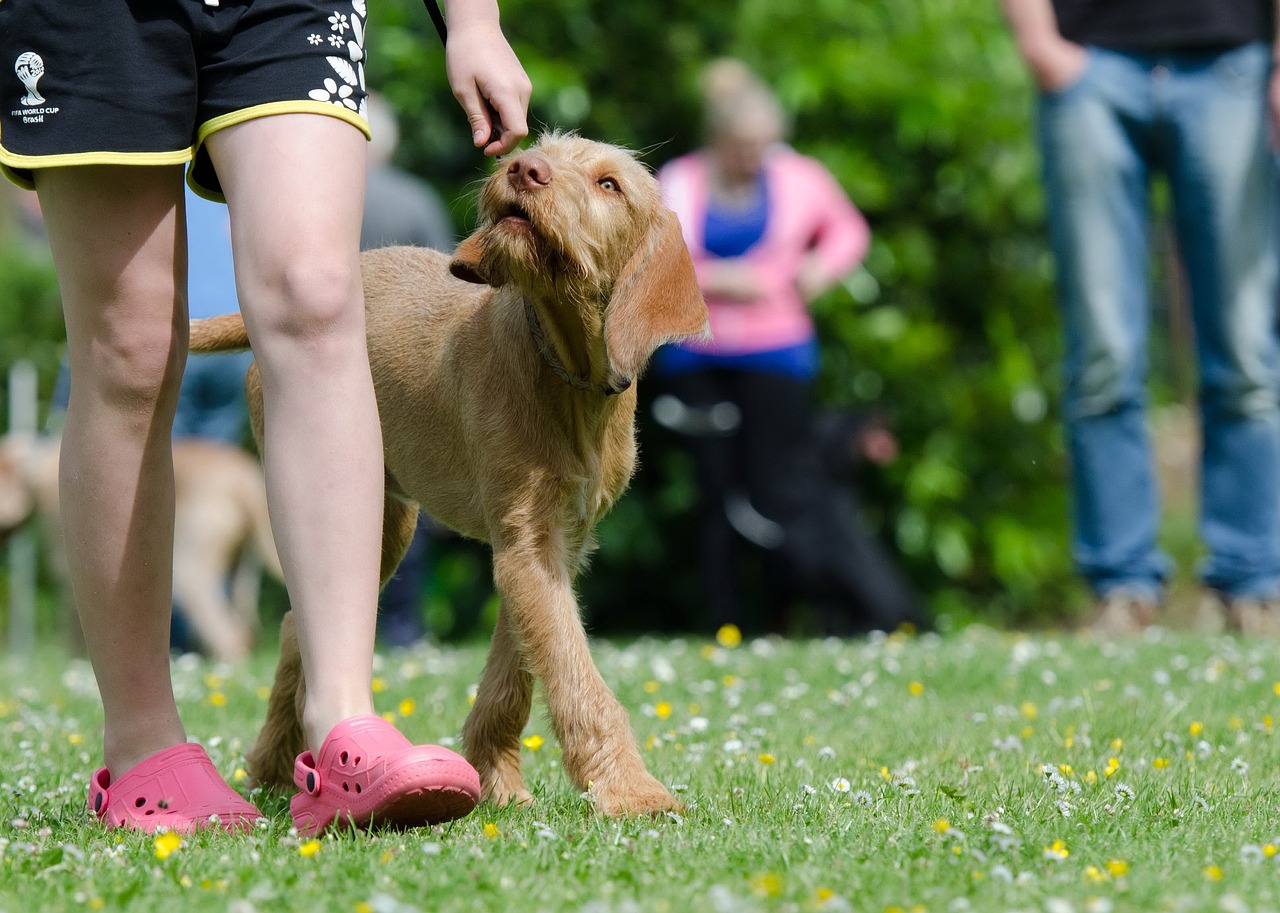
Common Challenges and Solutions
Training your dog to bow can be a delightful experience, but it's not always smooth sailing. Many pet owners encounter a few bumps along the way. Understanding these challenges is the first step toward overcoming them. One common issue is that dogs may not respond to the bow command right away. This can lead to frustration for both you and your furry friend. However, patience is key. Dogs learn at their own pace, and some may take longer than others. If your dog isn’t getting it, don’t despair—consider adjusting your approach.
Another challenge is distractions. If you're training in a bustling environment, your dog may become more interested in the sights and sounds around them than in your commands. To tackle this, try moving your training sessions to a quieter space where your dog can focus. A calm atmosphere can make all the difference, allowing your dog to concentrate on learning the bow command without external interruptions.
Moreover, some dogs may not be motivated by treats or may not understand what you're asking them to do. This is where creativity in training comes into play. Instead of relying solely on treats, consider using their favorite toy or engaging in playtime as a reward. You could also try varying the treats—some dogs may respond better to softer treats, while others might prefer crunchier ones. The goal is to find what excites your dog the most!
Here are a few common challenges and their solutions:
- Not understanding the command: Break down the bow command into smaller steps. Start with a simple cue that leads to the bow, like lowering a treat to the ground.
- Inconsistent responses: Ensure that you use the same command and hand signal every time. Consistency is crucial for reinforcing learning.
- Loss of interest: Keep training sessions short and fun. If your dog seems bored, switch it up with a game or a different trick to keep their enthusiasm alive.
Lastly, if your dog exhibits signs of anxiety or stress during training, it’s essential to address these feelings. Dogs are incredibly intuitive and can pick up on your emotions. If you're feeling frustrated, they might mirror that energy, making it even harder for them to learn. Take a step back, breathe, and remember that training should be a positive experience for both of you. Celebrate small victories and keep the mood light—after all, it's all about bonding with your pet!
Q: How long does it typically take for a dog to learn the bow command?
A: The time it takes varies from dog to dog. Some may pick it up in a few sessions, while others might need several weeks. Patience and consistency are key!
Q: What if my dog seems confused by the bow command?
A: If your dog is confused, try breaking the command down into smaller steps and using more visual cues. Sometimes, less is more!
Q: Can I teach my dog to bow without using treats?
A: Absolutely! You can use praise, toys, or playtime as rewards. The key is to find what motivates your dog the most.
Q: Is it okay to train my dog in a busy environment?
A: While it’s possible, it’s often more effective to train in a quiet, distraction-free space. This allows your dog to focus better and learn more effectively.
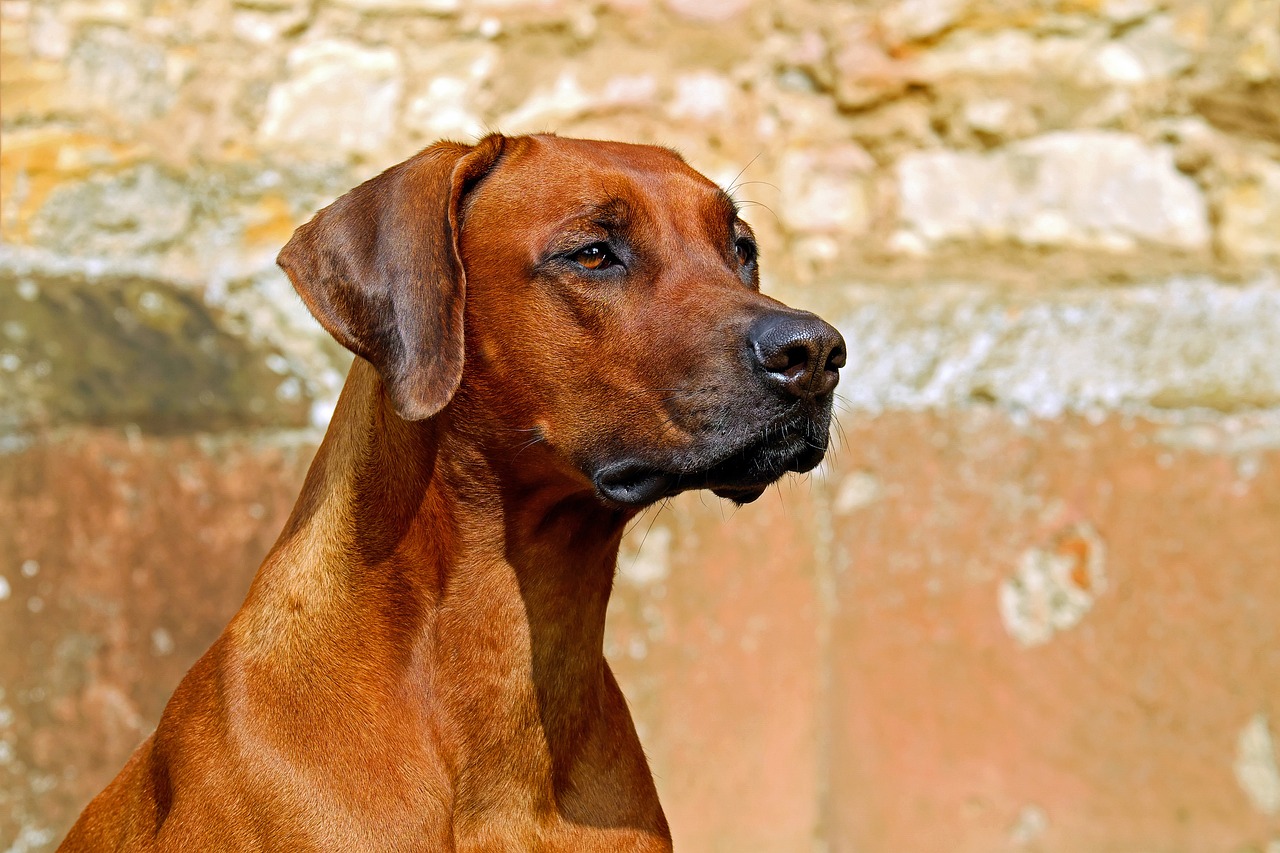
Reinforcing the Bow Behavior
Once your furry friend has mastered the bow command, the real fun begins! Reinforcement is key to ensuring that this adorable trick becomes a permanent part of your dog's repertoire. Just as we all need a little encouragement now and then, your dog thrives on positive feedback. Think of reinforcement as the fuel that keeps the training engine running smoothly. Without it, your dog's enthusiasm might dwindle, and we certainly don’t want that!
One of the most effective ways to reinforce the bow behavior is through positive reinforcement. This can include treats, praise, or even playtime. When your dog successfully performs the bow, shower them with love and rewards. It's like throwing a mini celebration every time they get it right! Use high-value treats that your dog absolutely loves. This could be something special that they don’t get every day, making it even more enticing. Remember, the goal is to create a strong association between the bow command and the rewards they receive.
Consistency is another crucial aspect of reinforcing the bow behavior. Just like learning a new language, repetition is essential. Practice the command regularly, but keep training sessions short and engaging to avoid overwhelming your pup. Aim for about 5-10 minutes of focused training, followed by a fun play session to keep your dog motivated. This balance helps your dog associate the bow command with fun and positive experiences.
In addition to treats and praise, consider incorporating clicker training into your routine. A clicker can serve as a precise marker for when your dog performs the bow correctly. The sound of the clicker indicates to your dog that they’ve done something right and that a reward is coming. This method can significantly enhance your dog's understanding of what you expect from them. Just remember to follow the click with a reward immediately to reinforce the behavior effectively.
Another effective strategy is to gradually increase the difficulty of the bow command. Once your dog has mastered the basic bow, try asking for the bow in different environments or with more distractions around. This not only solidifies their understanding of the command but also helps them learn to focus despite distractions. It’s like preparing them for a performance; the more they practice, the more confident they become!
Finally, don’t forget to celebrate the small victories! Every time your dog performs the bow, even if it’s not perfect, acknowledge their effort. This positive reinforcement builds their confidence and encourages them to keep trying. Remember, training should be a joyful experience for both you and your dog. The more fun you have together, the stronger your bond will become!
- How long does it take to teach my dog to bow? - The time it takes varies by dog, but with consistent practice, many dogs can learn the bow command in a few weeks.
- What if my dog doesn’t respond to treats? - If your dog isn’t motivated by treats, try using their favorite toy or extra playtime as a reward instead.
- Can I teach my dog to bow without using a clicker? - Absolutely! While clickers can be helpful, verbal praise and treats work just as well.
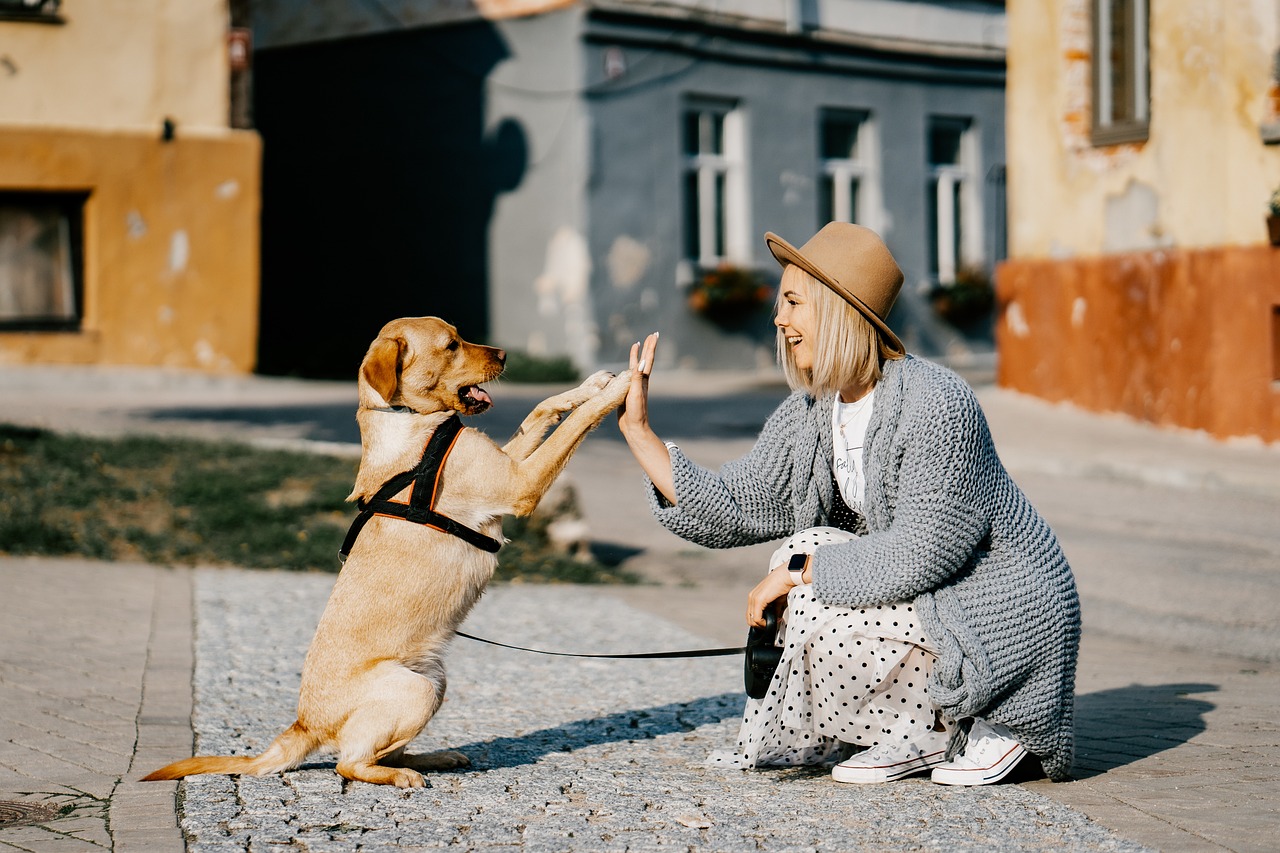
Fun Variations of the Bow Trick
Once your dog has mastered the basic bow command, it's time to spice things up with some fun variations that can make training even more enjoyable. Think of these variations as a way to add some flair to your dog's repertoire, turning a simple trick into a show-stopping performance! Just like how a musician might add a solo to a song, these variations can showcase your dog’s personality and skills.
One exciting variation is the “Dramatic Bow.” Instead of a simple bow, teach your dog to bow with a bit more flair. You can encourage your dog to lower their front legs while keeping their back legs straight, almost as if they are taking a bow after a great performance! This variation not only looks impressive but also allows your dog to express themselves in a playful manner.
Another fun twist is the “Bow and Roll.” Once your dog is comfortable with the bow, you can teach them to follow it up with a roll. This combination can be a crowd-pleaser! Start by having your dog bow, and then use a treat to guide them into a roll. This way, they associate the bow with the next exciting move, making it a seamless transition. Remember, patience is key, and rewarding them for each step will help solidify the trick.
For those looking to add a bit of humor, consider the “Bow and Shake.” After your dog bows, you can teach them to shake their body as if they are shaking off water. This not only adds a fun element to the trick but also engages your dog's natural instincts. You can use a command like “Shake it off” right after they bow, which will help them understand the sequence. This variation is perfect for entertaining guests or just having a good laugh at home!
To keep things interesting, you might also want to incorporate some props. For example, you can use a small bow tie or a funny hat as part of the performance. This not only makes the trick more visually appealing but also creates a memorable experience for both you and your dog. Just ensure that any props are safe and comfortable for your furry friend.
Lastly, don't forget to celebrate your dog's successes! Whether it's a simple bow or an elaborate performance, make sure to shower them with praise and treats. This positive reinforcement will encourage them to keep experimenting with their skills. Remember, the goal is to have fun together, so let your creativity shine and enjoy the process of learning and bonding with your canine companion.
Q: How long does it take to teach my dog to bow?
A: The time it takes can vary based on your dog's age, breed, and previous training experiences. Typically, with consistent practice, most dogs can learn the bow command within a few days to a couple of weeks.
Q: Can older dogs learn this trick?
A: Absolutely! Dogs of all ages can learn new tricks. Just be mindful of their physical limitations and adjust the training accordingly.
Q: What if my dog refuses to bow?
A: If your dog is hesitant, try using higher-value treats or breaking the trick down into smaller steps. Patience and positive reinforcement are key!
Q: How can I keep my dog motivated during training?
A: Mixing up your training sessions, incorporating playtime, and using different treats can help keep your dog engaged and excited about learning.
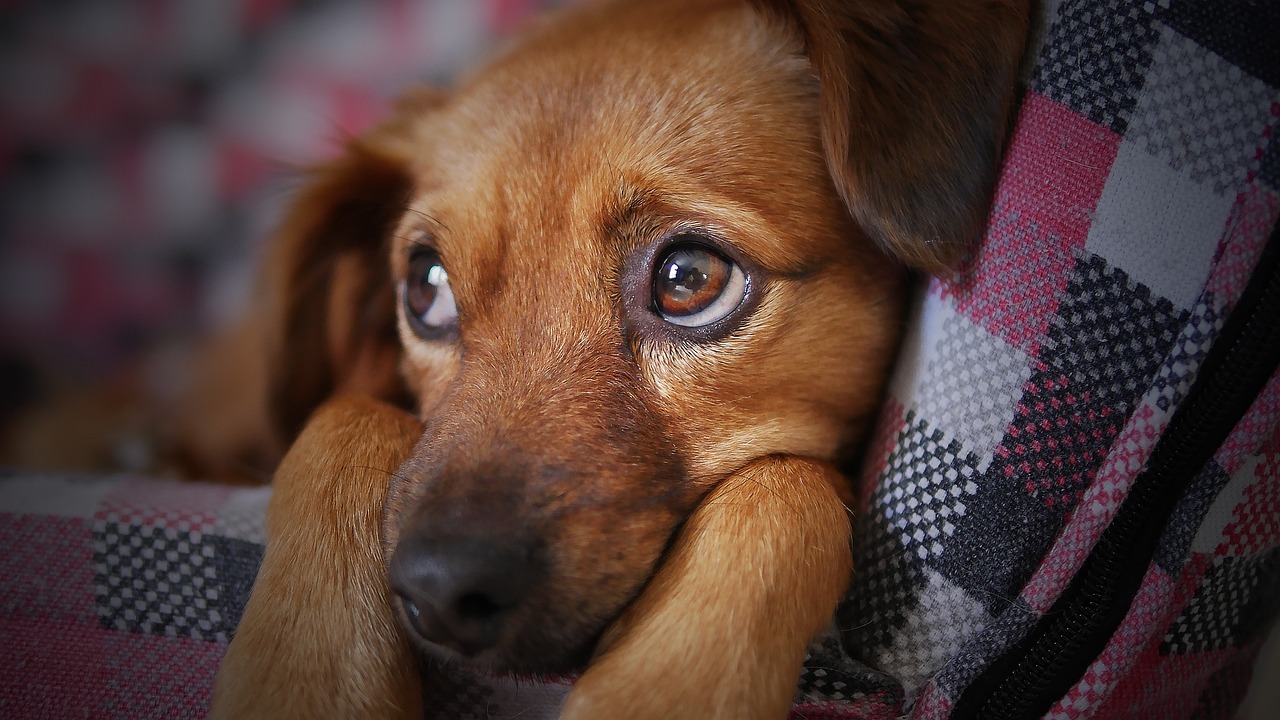
Building a Stronger Bond Through Training
Training your dog to bow is not just about teaching them a fun trick; it's an incredible opportunity to strengthen the bond between you and your furry friend. Think of training as a dance where both partners must learn to move in sync. When you teach your dog new commands, you're not only imparting knowledge but also building trust and understanding. Every time you engage in training, you are communicating with your dog, which helps to solidify your relationship.
Consider this: every time your dog successfully performs the bow command, they look to you for guidance and praise. This interaction fosters a sense of security and confidence in your dog. They learn that you are their leader, someone who provides direction and rewards. This positive reinforcement is crucial because it reinforces the idea that training is a fun and rewarding experience, not a chore.
Moreover, the time spent training your dog is invaluable. It creates a routine where your dog knows they can count on you for attention and affection. This routine can be enhanced by incorporating playtime and rewards, which can make training sessions feel less like work and more like a game. Just like how we enjoy learning when it’s fun, dogs thrive in a playful environment.
As you practice the bow command, you may notice your dog becoming more attentive and responsive to you, which is a clear sign that your bond is growing stronger. This connection is vital, as it leads to better communication. Dogs are naturally attuned to our body language and tone of voice. By engaging in training, you're teaching your dog to read these cues more effectively, enhancing your overall relationship.
To further illustrate the benefits of training, consider the following:
- Increased Trust: As your dog learns to trust your commands, they become more willing to listen and follow your lead.
- Better Communication: Training improves your ability to communicate with your dog, making it easier to understand each other’s needs.
- Strengthened Relationship: Regular training sessions can deepen the emotional connection between you and your dog.
In conclusion, the journey of teaching your dog to bow is more than just mastering a trick—it's about creating a lasting bond filled with mutual respect and understanding. As you both grow together through training, you’ll find that your relationship flourishes in ways you never thought possible. So, grab those treats, get ready to have some fun, and watch as your bond with your dog strengthens with each bow!
Q: How long does it take for a dog to learn the bow command?
A: The time it takes varies by dog, but with consistent practice, many dogs can learn the bow command within a few days to a couple of weeks.
Q: What if my dog refuses to bow?
A: If your dog is hesitant, try using more enticing treats or breaking the command into smaller steps. Patience is key!
Q: Can older dogs learn new tricks like bowing?
A: Absolutely! Dogs of all ages can learn new tricks. Just be mindful of their physical limitations and adjust your training accordingly.
Frequently Asked Questions
- What is the bow command for dogs?
The bow command is a fun trick where your dog lowers its front legs while keeping its rear end up. It's not just a cute pose; it can also be a way for your dog to stretch and communicate with you. Teaching this command can be a great bonding experience!
- How long does it take to teach my dog to bow?
The time it takes to teach your dog to bow can vary widely. Some dogs may pick it up in just a few sessions, while others might take a couple of weeks. Patience is key! Consistent practice and positive reinforcement will make the process smoother.
- What treats should I use for training?
Using high-value treats is essential for effective training. Opt for small, soft treats that your dog loves. Think of it like using your favorite snack as motivation—your dog will be more eager to learn if the reward is something they really enjoy!
- Can I use hand signals along with verbal commands?
Absolutely! In fact, using hand signals can greatly enhance your dog's understanding of the bow command. Dogs often respond better to visual cues, so pairing a hand signal with your verbal command can lead to quicker learning.
- What if my dog doesn’t seem interested in learning?
If your dog isn't showing interest, try to make the training sessions shorter and more engaging. Sometimes, a change in the environment or the treats can reignite their enthusiasm. Remember, every dog learns at their own pace, so keep it fun!
- How can I reinforce the bow behavior once learned?
Reinforcement is crucial! Use treats, praise, and playtime to reward your dog every time they successfully perform the bow command. Consistency is key—make sure to reinforce the behavior regularly to keep it fresh in their mind.
- Are there variations of the bow trick I can teach?
Definitely! Once your dog masters the basic bow, you can get creative. Try adding a spin before the bow or incorporating a playful twist. These variations can make training even more fun and keep your dog engaged!
- How does training my dog to bow strengthen our bond?
Training is a fantastic way to build trust and communication between you and your dog. As you work together to learn new tricks like the bow, you're not just teaching them a command—you're also creating a deeper connection and understanding of each other.


